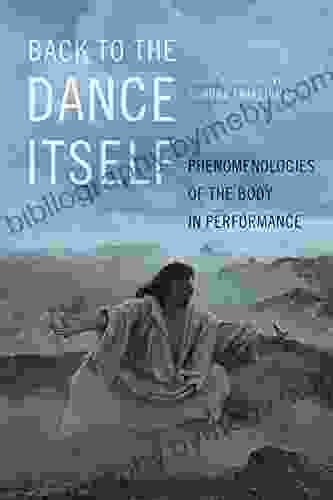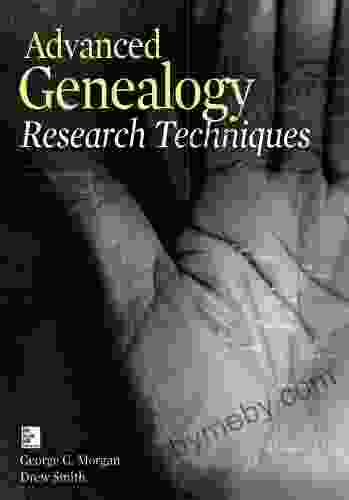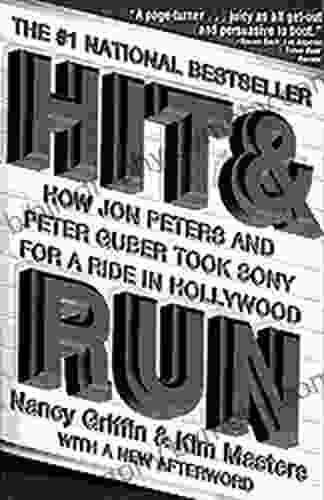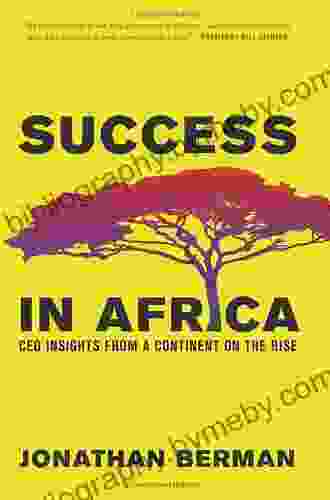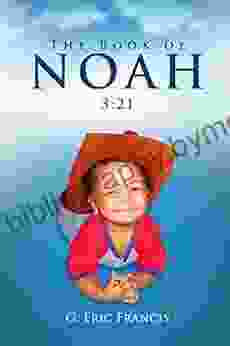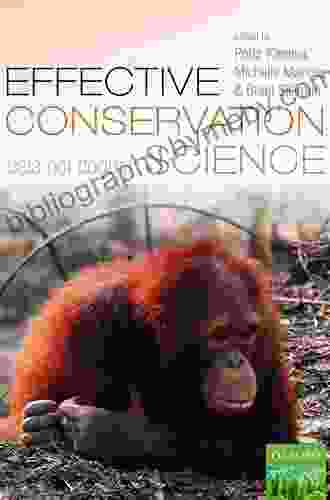Embodied Knowledge: Exploring the Phenomenologies of the Body in Performance

5 out of 5
| Language | : | English |
| File size | : | 6186 KB |
| Text-to-Speech | : | Enabled |
| Screen Reader | : | Supported |
| Enhanced typesetting | : | Enabled |
| Word Wise | : | Enabled |
| Print length | : | 314 pages |
The human body is a vessel of infinite expression, a canvas upon which the tapestry of performance is woven. Through the lens of phenomenology, we can delve into the profound connection between the body and performance, uncovering the embodied knowledge that emerges from movement, expression, and the lived experience of artists.
Phenomenology, a philosophical approach that emphasizes the subjective experience of consciousness, offers a unique perspective on performance. It allows us to explore the ways in which the body becomes a medium for meaning-making, a vehicle through which artists communicate their emotions, ideas, and stories.
The Embodied Mind
The body is not merely a physical entity; it is also a cognitive and emotional organ. Through embodied cognition, we learn and understand the world through our bodily experiences. This embodied mind is central to performance, as it allows artists to express themselves authentically and connect with their audience on a visceral level.
In dance, for example, the body becomes a language that speaks through movement. Dancers use their bodies to communicate emotions, tell stories, and create abstract forms. The audience experiences the performance not only through visual perception but also through their own embodied understanding of movement.
The Lived Experience
Performance is not just about technical skill; it is also about the lived experience of the artist. The phenomenological approach emphasizes the importance of understanding the subjective experiences of performers, their motivations, and the challenges they face.
By exploring the lived experience of artists, we gain insights into the creative process and the ways in which the body becomes a tool for artistic expression. We learn about the physical and emotional demands of performance, the sacrifices artists make, and the rewards they find in their work.
Embodied Knowledge in Practice
The phenomenologies of the body in performance have significant implications for artistic practice. By understanding the embodied nature of performance, artists can develop a deeper connection with their bodies and use them as instruments of expression.
In theater, actors can use phenomenological techniques to explore the emotional and psychological states of their characters, creating performances that are both authentic and moving. In music, performers can use their bodies to create soundscapes that resonate with the audience on a physical and emotional level.
The phenomenologies of the body in performance offer a rich and nuanced understanding of the human experience. Through the lens of phenomenology, we can appreciate the profound connection between the body and performance, the embodied knowledge that emerges from it, and the ways in which it can inspire, move, and transform us.
As we continue to explore the phenomenologies of the body in performance, we will gain a deeper understanding of the human condition and the power of artistic expression.
References
- Sheets-Johnstone, M. (2011). The phenomenology of dance. Routledge.
- Turner, R. (2008). The body and performance: Embodiment, agency and experience. Palgrave Macmillan.
- Leder, D. (1990). The absent body. University of Chicago Press.
5 out of 5
| Language | : | English |
| File size | : | 6186 KB |
| Text-to-Speech | : | Enabled |
| Screen Reader | : | Supported |
| Enhanced typesetting | : | Enabled |
| Word Wise | : | Enabled |
| Print length | : | 314 pages |
Do you want to contribute by writing guest posts on this blog?
Please contact us and send us a resume of previous articles that you have written.
 Book
Book Novel
Novel Page
Page Chapter
Chapter Text
Text Story
Story Genre
Genre Reader
Reader Library
Library Paperback
Paperback E-book
E-book Magazine
Magazine Newspaper
Newspaper Paragraph
Paragraph Sentence
Sentence Bookmark
Bookmark Shelf
Shelf Glossary
Glossary Bibliography
Bibliography Foreword
Foreword Preface
Preface Synopsis
Synopsis Annotation
Annotation Footnote
Footnote Manuscript
Manuscript Scroll
Scroll Codex
Codex Tome
Tome Bestseller
Bestseller Classics
Classics Library card
Library card Narrative
Narrative Biography
Biography Autobiography
Autobiography Memoir
Memoir Reference
Reference Encyclopedia
Encyclopedia Gayne C Young
Gayne C Young Janet Riehecky
Janet Riehecky Towanda Mckie
Towanda Mckie Geoffrey Canada
Geoffrey Canada Geoff White
Geoff White Geoffrey Jones
Geoffrey Jones George Ochoa
George Ochoa Jess Mahler
Jess Mahler Frye Gaillard
Frye Gaillard Ged Wilmot
Ged Wilmot Prabhu Tl
Prabhu Tl George S Fichter
George S Fichter Neal R Bevans
Neal R Bevans Kody Brown
Kody Brown Mining Novel
Mining Novel George Rawlinson
George Rawlinson Gennifer Choldenko
Gennifer Choldenko Trip Stevens
Trip Stevens Terry Compton
Terry Compton Gabrielle Euvino
Gabrielle Euvino
Light bulbAdvertise smarter! Our strategic ad space ensures maximum exposure. Reserve your spot today!
 Bruce SnyderFollow ·11.7k
Bruce SnyderFollow ·11.7k Rodney ParkerFollow ·9.3k
Rodney ParkerFollow ·9.3k Edgar CoxFollow ·8.8k
Edgar CoxFollow ·8.8k Fabian MitchellFollow ·9.7k
Fabian MitchellFollow ·9.7k Art MitchellFollow ·11.9k
Art MitchellFollow ·11.9k Owen SimmonsFollow ·14k
Owen SimmonsFollow ·14k Jerry WardFollow ·18.7k
Jerry WardFollow ·18.7k Darius CoxFollow ·5.8k
Darius CoxFollow ·5.8k
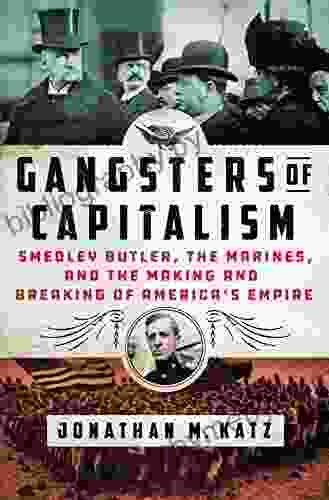
 Brian West
Brian WestSmedley Butler: The Marines and the Making and Breaking...
: A Marine's...
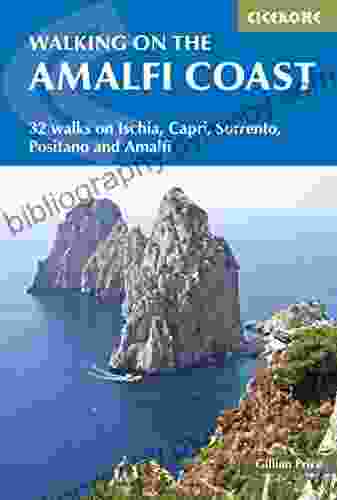
 Gabriel Garcia Marquez
Gabriel Garcia MarquezIschia, Capri, Sorrento, Positano, And Amalfi: An...
Explore the...

 Felix Carter
Felix CarterAdorn Your Little Princess with Fleur Ange's Exquisite...
Welcome to the enchanting...

 Kelly Blair
Kelly BlairUnveiling the Secrets of the Historical Way and Fishermen...
Step into the pages...

 Angelo Ward
Angelo WardKnit the Cutest Thumbless Mittens for Your Little One:...
Prepare to be...
5 out of 5
| Language | : | English |
| File size | : | 6186 KB |
| Text-to-Speech | : | Enabled |
| Screen Reader | : | Supported |
| Enhanced typesetting | : | Enabled |
| Word Wise | : | Enabled |
| Print length | : | 314 pages |


